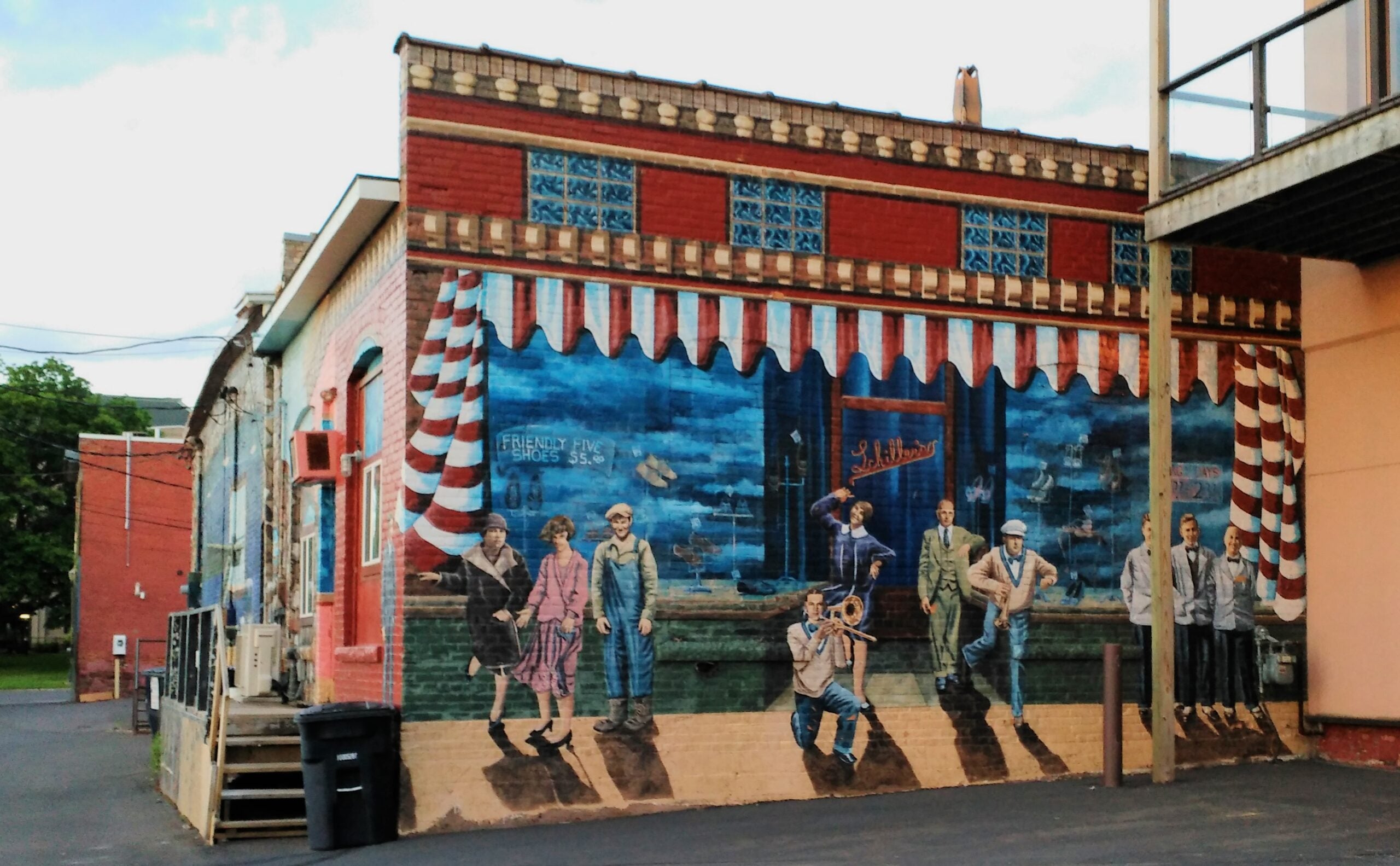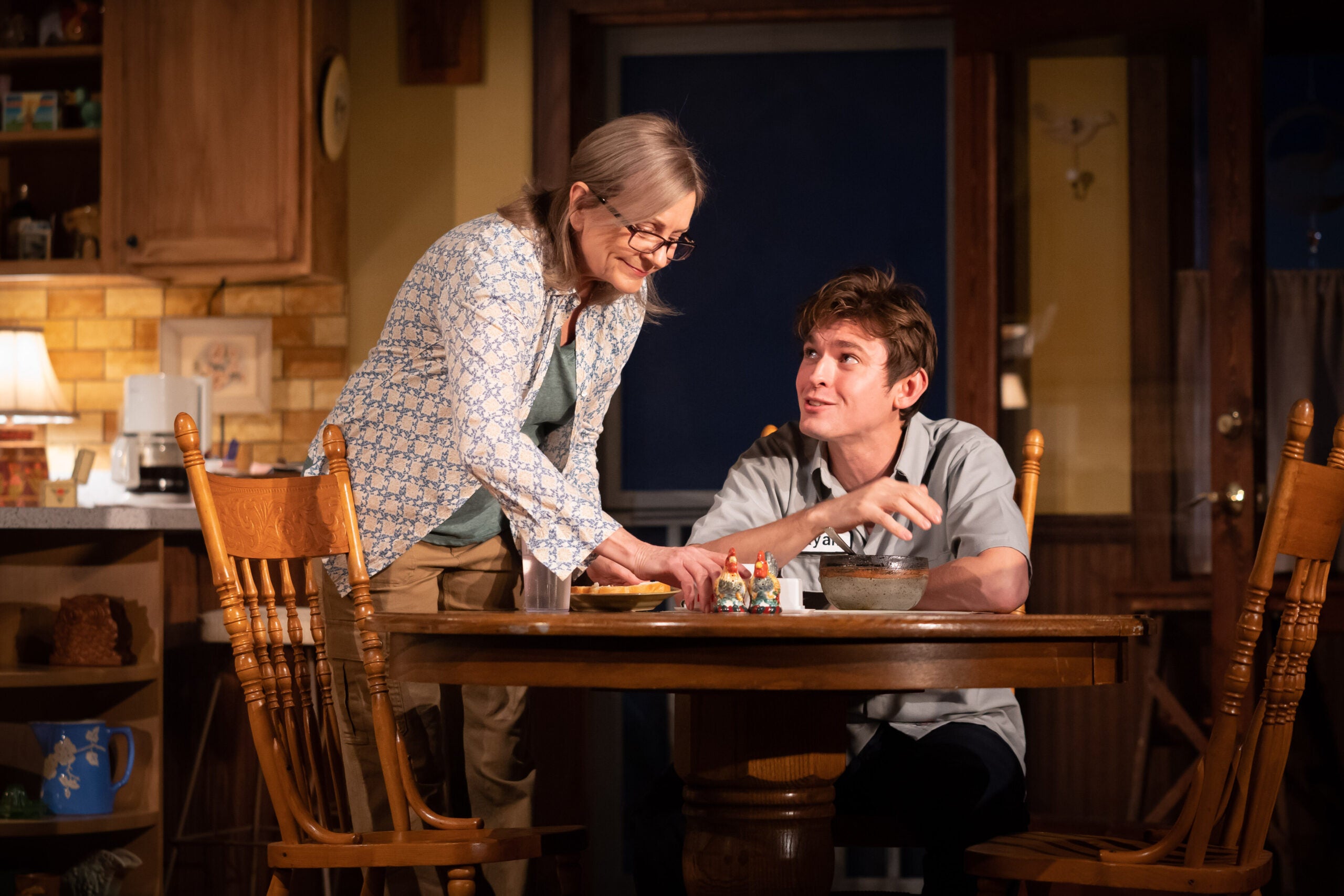When comparing larger cities to the rural countryside, many people would assume city life would be a more likely home for the creative and innovative. We talk with a guest about his data on the growth of the creative class in rural areas. We also hear what’s new in the world of science news and discuss what the state GOP’s endorsement of Leah Vukmir means for the US Senate primary race.
Featured in this Show
-
What Vukmir's Win At State GOP Convention Means For The Senate Primary
State Senator Leah Vukmir won the endorsement of the state GOP Saturday, beating out her primary opponent Kevin Nicholson. We talk to a political scientist about how this changes the race for Senator Tammy Baldwin’s seat.
-
Research Connects Thriving Arts Community With Innovative Businesses In Rural Areas
When considering creative, innovative places around the country, the typical response likely doesn’t include rural communities. But new research from the U.S. Department of Agriculture suggests that rural areas are proving to be friendly places for new ideas.
“In rural areas, if you have a thriving arts and cultural economy, the odds are even better than in urban America that you will have a highly innovative business economy,” said Richard Florida, professor of business and creativity at the University of Toronto’s Rotman School of Management and editor at large of City Lab.
That makes perfect sense to Joy Gieseke, executive director of the Mineral Point Chamber of Commerce, a small town about an hour southwest of Madison.
The strong artistic presence — there are roughly two dozen studios downtown — in Mineral Point is what drives the tourism economy, and the other businesses in town are stronger for it, she said.
“It is directly beneficial to the artists themselves because they are able to do what they love, and indirectly other businesses are supported by the artists,” she said. “People are happy doing what they’re doing here.”
While it is clear that innovation and creativity typically sticks to concentrated areas in a few large cities — think Silicon Valley — it’s an oversight to think rural communities don’t contribute, Florida said. And the research shows the innovation that comes from rural communities has a stronger connection to the arts than it does in urban communities.
Even in rural areas, there are certain factors that increase the likelihood of a town being a center of creativity and innovation.
“There are several factors which they find up the odds,” he said. “One is if you have a great university in your area or close by, second is you have a close connection to a big metro.”
It’s the art and cultural connection — the art galleries, working artists, music halls — within the community that is more important than anything, Florida said. The addition of even one arts organization can have a huge impact on the businesses and people in a community.
Graph from PLOS One“It alters the way those communities think, it puts a premium on design-based thinking or on innovation-based thinking,” he said. “It’s not simply the indirect effect of attracting talented and ambitious entrepreneurs, it’s much more … the way of thinking and the way of doing business in those rural area changes.”
That outside the box thinking continues to attract and open the door to a variety of “strange, out of the ordinary, diverse people” that encourage innovation, Florida said.
Gieseke credits Mineral Point’s “everyone is welcome here” attitude to attracting new people to the town.
“It’s hard to put into words, but there’s something here that makes people feel at home,” she said.
But it’s a town-wide effort to make it happen, Gieseke said. Something that Florida agrees is key to making it all come together.
“It really means doing very small things that benefit your community instead of the big silver bullet approach,” he said.
That means making sure the town’s natural amenities — like hiking and biking trails — are in good shape, as well as using some public money to support local art organizations, Florida said.
“What this research shows is that that is the stuff that really matters to the rural economy,” he said. “Support for the non-profit community and the arts and cultural community, that is adding more value to the rural economy than it is to the urban (economy).”
-
Science News: Homo Naledi's Complex Brain, Thawing Permafrost, And The Evolution Of Hand Dominance
A new branch was added to the human family tree in 2013 with the discovery of Homo naledi in South Africa. The fossils found show Homo naledi was small in stature and had a small head but otherwise shared similar characteristics with modern humans. While it had a small head, new research shows they might have had complex brains. Gemma Tarlach of Discover Magazine joins us to talk about researchers found discovered. We also discuss the future of permafrost and the evolution of hand dominance.
-
Brain Power: Homo Naledi Shows Brain Size Doesn't Necessarily Decide Ability
When members of the Homo naledi species were discovered in 2013, researches made note of how small their brains were.
“One of the things that really intrigued people was the size of its brain — its brain seemed very small for its body,” said Gemma Tarlach, senior editor of Discover Magazine based in Waukesha.
But new research is showing that even though they were small in size, Homo naledi could plan, communicate and make tools in much of the same capacity as its successor, the Homo sapien.
Fossils of Homo naledi were discovered by paleoanthropologists excavating a South African site in a deep cave system. Uncovered there were the remains of at least 15 individuals. In 2017, scientists led by University of Wisconsin-Madison professor John Hawks found more remains of the species about 100 meters from the first find.
Despite this hominin’s small brain — less than half the size of the modern human brain — it appears this species was performing a ritual by intentionally placing its dead inside the cave. And that doesn’t line up with the hypothesis that their brains weren’t large enough to handle the cognition required do that, Tarlach said.
“Their small brain volume made a lot of people think that they were just not cognitively capable of processing the idea of intentionally placing your dead,” Tarlach said.
There is still some controversy over whether these hominins actually did place the dead, and Tarlach said that’s just one theory as to how the dead arrived in the remote cave in South Africa. But the research seems to prove that the brains of Homo naledi were structurally advanced in ways that conflict with the notion that a bigger size brain is equal to more brain power.
To determine that, researches took endocasts, or impressions of the inside of the skull, Tarlach said, which showed certain structures present in the Homo naledi brain that weren’t found in that of other primates such as chimpanzees and apes. Nor were they found in the Australopith genus, another extinct genus of hominins, which had brains similar in size to the Homo naledi.
“They have enough of these endocasts from other fossil hominins, from members of living species, including other primates. They’ve got enough of them to have a really good idea of what an endocast can tell us about the actual brain itself,” Tarlach said.
“So now they’re thinking because their brains were smaller, but more advanced, maybe Homo naledi was capable of all these more advanced cognitive tasks that people just kind of wrote off in the beginning,” she said.
Initially believed to be a few million years older, research into the Homo naledi found it lived in South Africa only a few hundred thousand years ago, potentially overlapping with the existence of the Homo sapiens.
Homo sapien, the species of which humans are a part, is believed to be about 200,000 years old and is now the only living resident of the Homo genus.
For reference, Homo erectus is the species that so far in the human family tree has lived the longest, and walked the earth between 1.89 million and 143,000 years ago, according to the Smithsonian National Museum of Natural History. Homo erectus is credited as the species that first made hearths, ate big portions of animal meat and cared for the elderly.
-
'The Rise Of The Rural Creative Class'
When you think of creative hubs in the state of Wisconsin, cities like Milwaukee and Madison might be the first to come to mind. A writer has found that though urban areas have a more dense population of innovative and creative organizations, the addition of even one arts organization to a rural area can have a huge impact on the success of the businesses and people surroudning it. We talk to the writer about what makes a rural creative hub.
Episode Credits
- Rob Ferrett Host
- Rachael Vasquez Producer
- Natalie Guyette Producer
- J. Carlisle Larsen Producer
- Susan Johnson Guest
- Richard Florida Guest
- Gemma Tarlach Guest
Wisconsin Public Radio, © Copyright 2024, Board of Regents of the University of Wisconsin System and Wisconsin Educational Communications Board.



